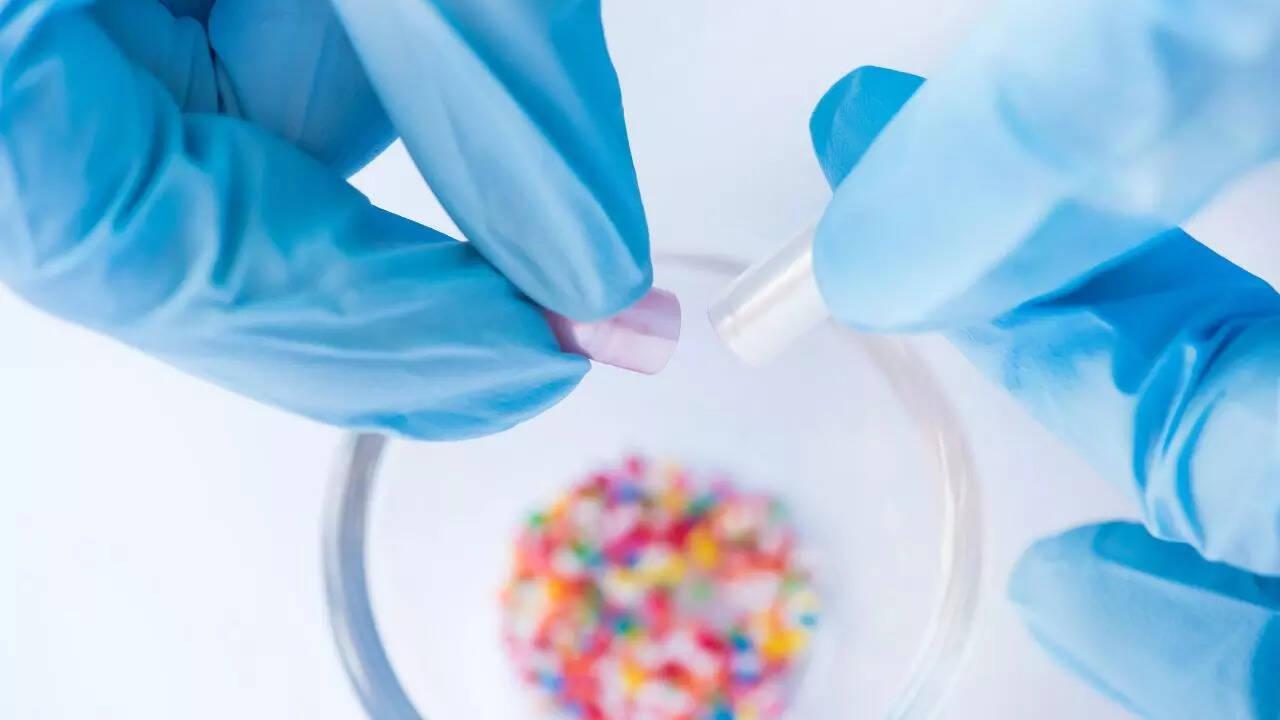
For many, splitting a pill seems like a practical solution—whether to make a large tablet easier to swallow, reduce side effects, or adjust prescribed dosages. However, what may appear harmless can carry serious health risks if done without medical guidance. Not all tablets are created equal; some are scientifically engineered to release medication gradually, protect against stomach acids, or dissolve in specific parts of the digestive system. Dividing these improperly can lead to overdose, reduced effectiveness, or dangerous side effects. Experts stress that even if a pill has been split safely in the past, changes in manufacturing or formulation may render it unsafe today. Understanding which medications can be split and how to do so safely is essential for maintaining both effectiveness and patient safety.
Why some tablets should never be split
A common misconception is that any pill can be safely halved. In reality, only tablets with a clearly marked score line are designed to be divided. The groove indicates that the drug has been tested for safe splitting, maintaining its stability, potency, and therapeutic effect. Pills without this marking may crumble, release the full dose too quickly, or lose their intended function entirely.
Risks of dividing pills: Overdose, ineffectiveness, and side effects

Dr. Sudhir Kumar, MD, a senior neurologist at Apollo Hospitals, Hyderabad, highlights that film-coated, enteric-coated, controlled-release (CR), extended-release (ER/XR/XL), sustained-release (SR), long-acting (LA), and orally disintegrating tablets should never be split. These tablets are formulated for gradual absorption or protection from stomach acids. Breaking them can:
- Trigger overdose by releasing all active ingredients at once
Some tablets, especially controlled-release or extended-release medications, are designed to release their active ingredients slowly over several hours. Splitting or crushing these pills destroys this mechanism, causing the entire dose to enter the bloodstream immediately. This sudden surge can overwhelm the body, potentially leading to toxic effects, dangerously high drug levels, or severe side effects. For example, a slow-release painkiller released all at once could cause extreme sedation or organ stress.
- Make the drug ineffective as stomach acids may destroy it prematurely
Certain pills, like enteric-coated tablets, are engineered to bypass stomach acids and dissolve in the intestines. Breaking these pills exposes the active ingredients to harsh gastric acids, which can degrade or neutralize the drug before it reaches its target site. The result is a reduced therapeutic effect, meaning the patient may not receive the intended benefits of the medication.
- Cause adverse effects, such as stomach or intestinal irritation
Some medications have protective coatings to prevent local irritation of the stomach lining or intestines. Splitting or crushing these pills removes this barrier, causing the drug to directly contact the digestive tract. This can lead to pain, nausea, ulcers, or other gastrointestinal issues, making the treatment not only less effective but potentially harmful.Dr. Kumar further warns that capsules with beads or granules, chewable tablets, asymmetrical pills, and very small tablets pose dosing risks if split.
Safe pill-splitting practices: Expert guidelines
If your doctor approves splitting, follow these guidelines:
- Use a dedicated pill cutter rather than knives or household tools. A V-shaped holder with a retractable blade ensures precise, clean cuts.
- Split one tablet at a time to avoid confusion and dosing errors.
- Proper storage is critical. Split tablets are vulnerable to heat, moisture, and humidity, which can reduce effectiveness.
- Maintain hygiene: wash hands, wear gloves, and clean the cutter after each use.
The FDA stresses that even previously safe pills may change in formulation over time. Only a doctor or pharmacist can confirm if splitting remains safe.Disclaimer: While splitting tablets can be convenient, it is far from risk-free. Understanding which medications are safe to divide, using proper tools, and consulting healthcare professionals are essential steps. Patient safety relies on informed practices, careful handling, and awareness of the specific risks associated with pill splitting.Also Read | AIIMS, Harvard-trained gastroenterologist shares 8 early signs of colon cancer you should know





